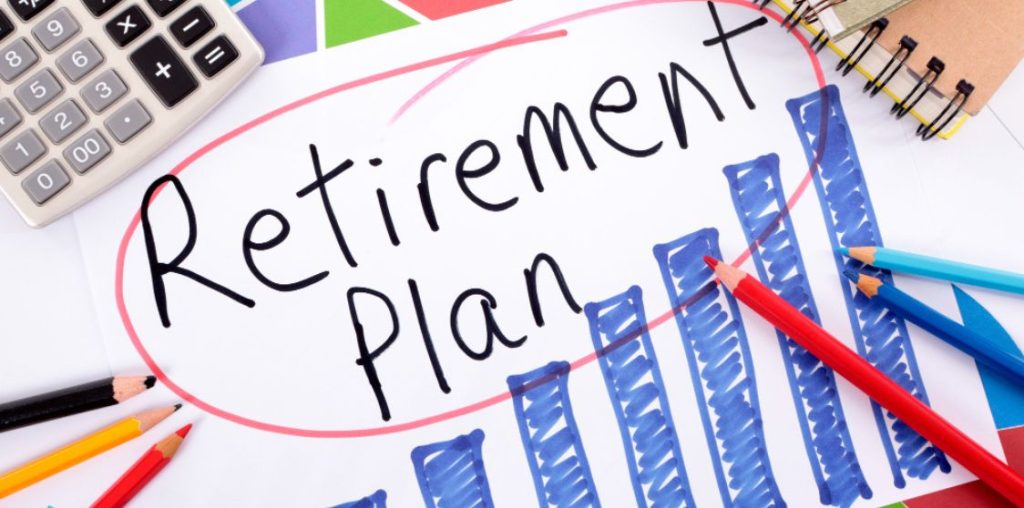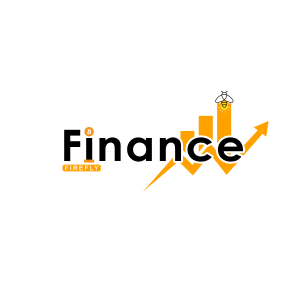Retirement planning is a good way to maintain the same quality of life after the retirement process. As one of the most neglected fields in financial planning, it requires the keen attention of people to fully rely on social security. A lot of people fail to develop a strategic retirement planning scheme and eventually lose most of their funds due to poor planning. As a result, people of older ages are forced to compete with young adults which is quite tiresome for them.
Retirement planning has multiple steps but the end goal is to have enough money to quit working and enjoy life in the best possible ways. The retirement planning guide is essentially there to help you in strategic planning in the best possible ways. Let’s dig deeper into the details of 5 step guide on retirement planning.
Table of Contents
Retirement Planning – Key Takeaways

- As an individual it’s never too early or too late to start with retirement planning. If you start thinking about it at your mid 30’s then its extremely beneficial for you in the near future.
- Retirement planning refers to preparing for your future life through multiple financial strategies including saving, investment, and eventually distributing money to sustain oneself during retirement
- For you to effectively plan for retirement, you need to carefully evaluate the type of retirement accounts that can raise the money in the best possible ways to fund your future
- There are multiple investment vehicles such as 401(k) and other individual retirement accounts that allow the savers to save huge chunks of money with huge tax advantages.
- Retirement planning is not solely about saving money it also takes into account future expenses, liabilities, and life expectancy.
Why retirement planning is important?

As you might not want to work forever, therefore retirement planning holds crucial value. Retirement planning includes the careful identification of income sources, sizing up expenses, implementing a savings program, and managing assets and risks. As with the rising inflation worldwide, future cash flows are expected to gauge therefore it is important to set practical retirement income goal.
Retirement planning often is a five-step process that involves knowing when to start, calculating how much money you will need, setting clear goals, and choosing accounts and investments for the future. Moreover, it is recommended by financial advisors to spend aggressively when you are at a young age, and then slow down as you approach retirement age.
How much do you need to retire?
Retirement planning is not a one-day process, it starts long before you retire. The sooner you start the more beneficial it’s for you. The amount you need in your bank account after retirement is totally dependent on your personal choices and spending. But there are multiple rules of thumb that give you an overall idea about the spending.
- It is often heard that you need around $1 million to retire comfortably.
- Some of the professionals state it in other words that you need to live on 80% of your income at retirement. So if you earn a total of $100,000 per year then you would roughly need to save $80,000 per year for roughly 20 years. Or in other words a total of $1.6 million in your retirement assets.
The amount of money you have in the nest egg is crucial as it’s a good idea to keep an eye on all the expenses. It is important to calculate the overall cost of housing, health insurance, food, transportation, and clothing for a clear picture. And since after retirement, you have lots of free time, so in retirement planning also includes entertainment spending. It may be hard to come up with a solid figure that is applicable to all, so be sure to come up with a reasonable estimate.
5 Steps to Retirement Planning in 2024

The 5 steps to financial planning for retirement may vary from case to case but here we will list down the common and easy pathway to financial planning.
Know when to take a start for retirement planning
What is the ideal time to start retirement planning? That totally depends upon the individual but the earlier you start the more fruitful it’s for you in the future.
But remember it’s never too late to start with retirement planning. Even if you haven’t paid heed to retirement, every penny you save now will be appreciated later. And once you are young, make strategic investments that are beneficial for you in the longer run.
Assess how much money you need before you retire
In order to climb to the last step of the ladder, you must first analyze the goal. For retirement planning, it is crucial to know about the amount of money you need post-retirement. The amount of money you need to retire is a fraction of your present income, expenses, and how the expenses will either lash out or down after retirement. This is difficult to predict as retirement is many years into the future. And also as different people want to spend their money in distinct ways some want to spend extravagantly on entertainment while others want to manage expenditures in a minimal way, so its highly dependent on the preference of users.
As a rule of thumb, if a person wants to carry forward with the present lifestyle, then the expenses will be more or less the same. They can eventually cut down their mortgage and car payments after retirement. However, after retirement, most people spend a lot on healthcare and travel which compensates for the other spending.
To give you an overall idea the famous columnist Michelle Singletary suggests that individuals set a budget as they still want to go on vacations, dinner, and pay out the electricity and other bills after retirement. Therefore, it is advised to keep 70% to 90% of your pre-retirement income through social security and savings.
Give Priority to your financial goals
Once you have a rough estimate about the amount the money you need to retire, the next step is to plan it effectively. Retirement planning is not solely a saving goal. Most people have financial goals too such as building an emergency fund, paying down student loan debt, and much more.
If the current saving rate is higher, then a person would be able to reach retirement goals faster. Further, it is advisable for financial planners to cut down on your extra expenses in order to gather more money in your retirement account. While you are building your emergency fund, it is good to save money for retirement at an early age.
Choose the best retirement plan for you
In the overall retirement planning, it is crucial to determine how much to save but also where to save it.
- If you have 401(k) or any other retirement plan then consider starting there
- But in case you don’t have a workplace retirement plan, you can do it at your own by opening a retirement account
Important Note: If your company is offering an employment match and you are not signing up for it, you are just giving away free money.
There are no hard and fast criteria for the best retirement plan, maybe it’s the only retirement account or the combination of retirement accounts for you. Generally, the best plans offer tax advantages such as matching contributions and other saving incentives. If you don’t have access to the workplace retirement account then it’s a viable option to consider the individual retirement account. This plan is effective and transparent as you open your account with the account provider or online broker yourself. But here we have listed the other types of retirement plans that can work for you
401(K) – It’s a workplace retirement plan offered to various American employers that offers various tax advantages to the saver. In this company-sponsored account, employees can contribute income with reduced taxes to save a huge chunk of money for the future.
Best ways to consolidate credit card debt
If you are one who is buried in the depth in your mid-30s, you can make use of the 401(K) account to consolidate debt. This one is the most effective approach to get rid of debt in an easy and efficient way .
Roth Individual Retirement Account – Roth IRA is an individual retirement account that offers tax free withdrawals after retirement. the mandatory condition is that as long as you have owned the account for five years and the age bracket is 59½ or above, you can withdraw your money with ease.
Traditional Individual Retirement Account – It is another way for effective retirement planning that gives you various tax advantages. The amount saved in the Traditional IRA is not taxed as long as the withdrawals from IRA.
Decide your investment vehicle
There are special investment vehicles that are created specifically to save money for the retirement. The retirement accounts provide access to a range of investments that include stocks, bonds, and other mutual funds. Determining the right investment is dependent on how long you will have until you need money and how good you are at taking risks.
- It is advisable to invest in the best stocks that have a market history of long-term growth. Investing on retirement involves the ability to add to your family tree and endure the ups and downs in the stock market as you get closer to your retirement due date.
- Choose the investments that can provide you long-term benefits. The investments that don’t require monitoring after a short span of time are good for the long run. Moreover to save cost , it is good to manage your retirement savings on your own without the guidance of a financial advisor.
Frequently Asked Questions
What are the essential factors to consider for retirement planning?
Retirement planning includes determining the time frame for starting the retirement plan, estimating total expenses, calculating tax returns, assessing the risk tolerance, and doing effective investment planning.
What is the best month to retire in 2024?
The good date for retirement is December 31, 2024. As employees retire, they try their best to maximize the lump sum annual leave payment.









